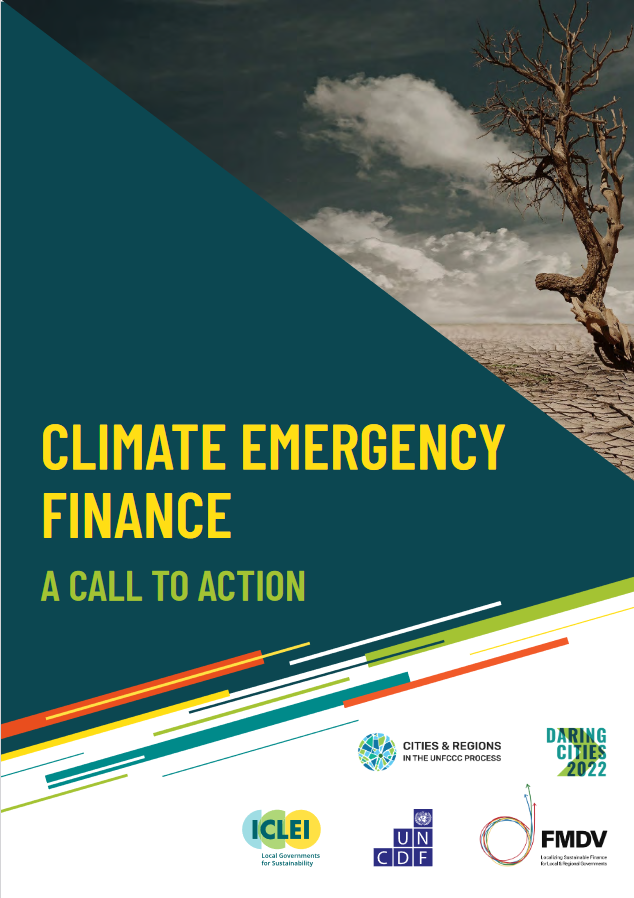 Our world is on life support. Climate science shows that we must make deep, civilization-wide changes at the latest by 2030 to limit a planetary climate catastrophe. This is a matter of survival for people and place – for the population on Earth. While the Paris Agreement provides a framework towards a net-zero emissions and climate-resilient future, current data shows that only a few countries are actually on track to meet their climate goals (UNEP, 2021).
Our world is on life support. Climate science shows that we must make deep, civilization-wide changes at the latest by 2030 to limit a planetary climate catastrophe. This is a matter of survival for people and place – for the population on Earth. While the Paris Agreement provides a framework towards a net-zero emissions and climate-resilient future, current data shows that only a few countries are actually on track to meet their climate goals (UNEP, 2021).
One of the main challenges we face is the immediate necessity for finance to flow for actions to tackle the climate emergency and avoid catastrophe. Despite significant efforts that have been made to increase the availability of funds, accessibility to finance remains a challenge for the subnational level – resulting in a growing finance gap as the urgency of action also scales up.
The financial gap can only be tapped by exploring all revenue sources, finding innovative finance mechanisms and involving the whole range of key stakeholders needed to rapidly unlock access to finance for subnational governments and territories.
Financing a climate emergency must be different from a “business as usual” finance in: (i) scale, (ii) focus, (iii) type of support, (iv) rapidness, and (v) key actors.